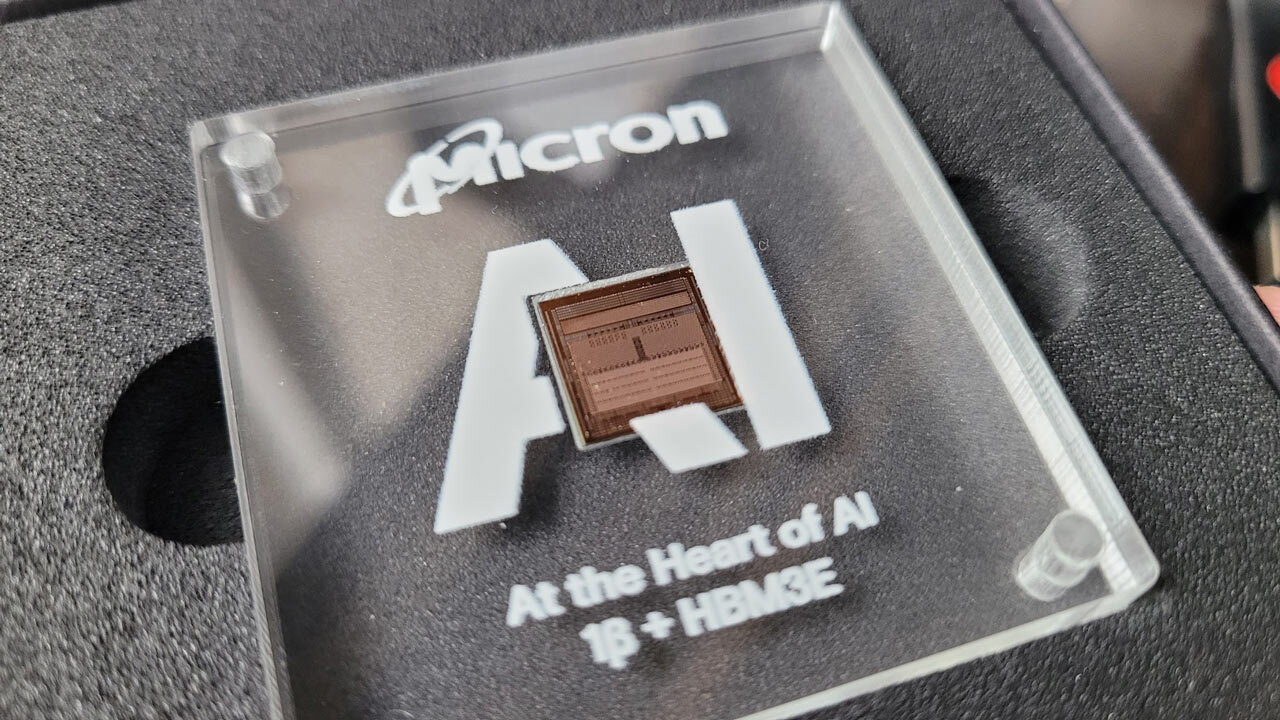
Micron previously announced plans to increase its high bandwidth memory (HBM) market share from the 'mid-single digits' today to mid-20% (i.e., ~25%) about a year from now. However, it did not share much detail about how it would ramp up the expansion of its HBM production capacity. Nikkei has now shed some light on the potential plans, and says that Micron will expand production capacity in Taiwan, boost its R&D operations in the U.S., and is even mulling making HBM3E in Malaysia. This is strictly unofficial information, so please take it with a grain of salt.
HBM is a type of DRAM but it uses different memory devices than commodity memory modules. HBM DRAM dies are higher-capacity and feature a wider interface, which makes them a bit more difficult to produce. After production, each device has to be tested individually to ensure that it meets quality, performance, and power targets. Each HBM module stacks eight or twelve known good HBM dies on top of each other, connects them using through-silicon vias, and places the stack on a base logic die. To boost HBM3E output, Micron needs to increase production of HBM DRAM devices (which can come at the cost of producing fewer commodity DRAMs), ensure it has enough testing capacity for HBM DRAMs, as well as stacking and TSV capacity.
Micron's largest HBM production site is in Taichung, Taiwan, where it produces DRAM dies, tests them, and then assembles HBM3E stacks. The company is currently adding capacity to its Taiwan operations, according to the source report, which does not detail which capacity is being added. This is certainly assuring (particularly for Nvidia), though Micron's HBM3E memory supply is sold out through most of 2025.
Additionally, Micron is looking at building HBM production capacity in Malaysia, where it already conducts commodity memory chip testing and assembly, Nikkei reports. Micron is unlikely to produce actual DRAM dies in Malaysia, as a memory fab takes years to build and equip. But testing HBM3E dies and maybe even assembling HBM3E in Malaysia is a possibility. Yet again, Micron has to confirm this itself.
Finally, Micron is reportedly also setting up additional test production lines for advanced HBM chips at its headquarters in Boise, Idaho, and expanding R&D facilities in the U.S., possibly to prep for next-generation HBM4 memory in late 2025 – 2026.







